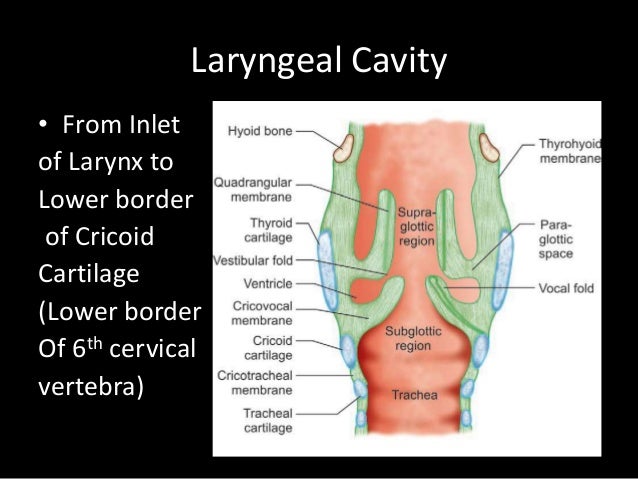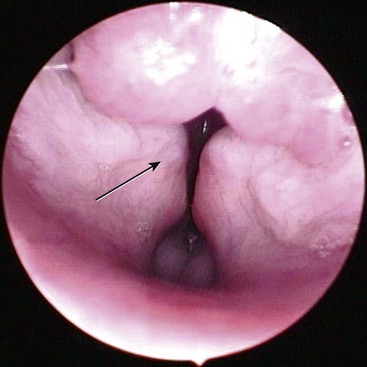- Stenotic nares – this means the nostrils are smaller and narrower than they should be, which makes breathing through the nose more difficult
- Elongated soft palate – the soft palate is an area of tissue at the back of the mouth, separating the mouth from the nose, just before the opening to the windpipe. If this tissue is too long, it can be sucked into the windpipe as your pet breathes. This results in the characteristic ‘snorting’ noise they may make while breathing, as well as

- Laryngeal
saccule eversion – a secondary change due to increased breathing effort. This is the first stage of laryngeal collapse.

- Laryngeal collapse – this is a further secondary change, where the cartilage of the larynx loses strength, resulting in collapsing of the entry to the windpipe.
- Tracheal
hypoplasia – the trachea, or the windpipe, carries air to the lungs
https://criticalcaredvm.com/laryngeal-paralysis-in-dogs-a-common-voice-box-problem/?print=print










No comments: